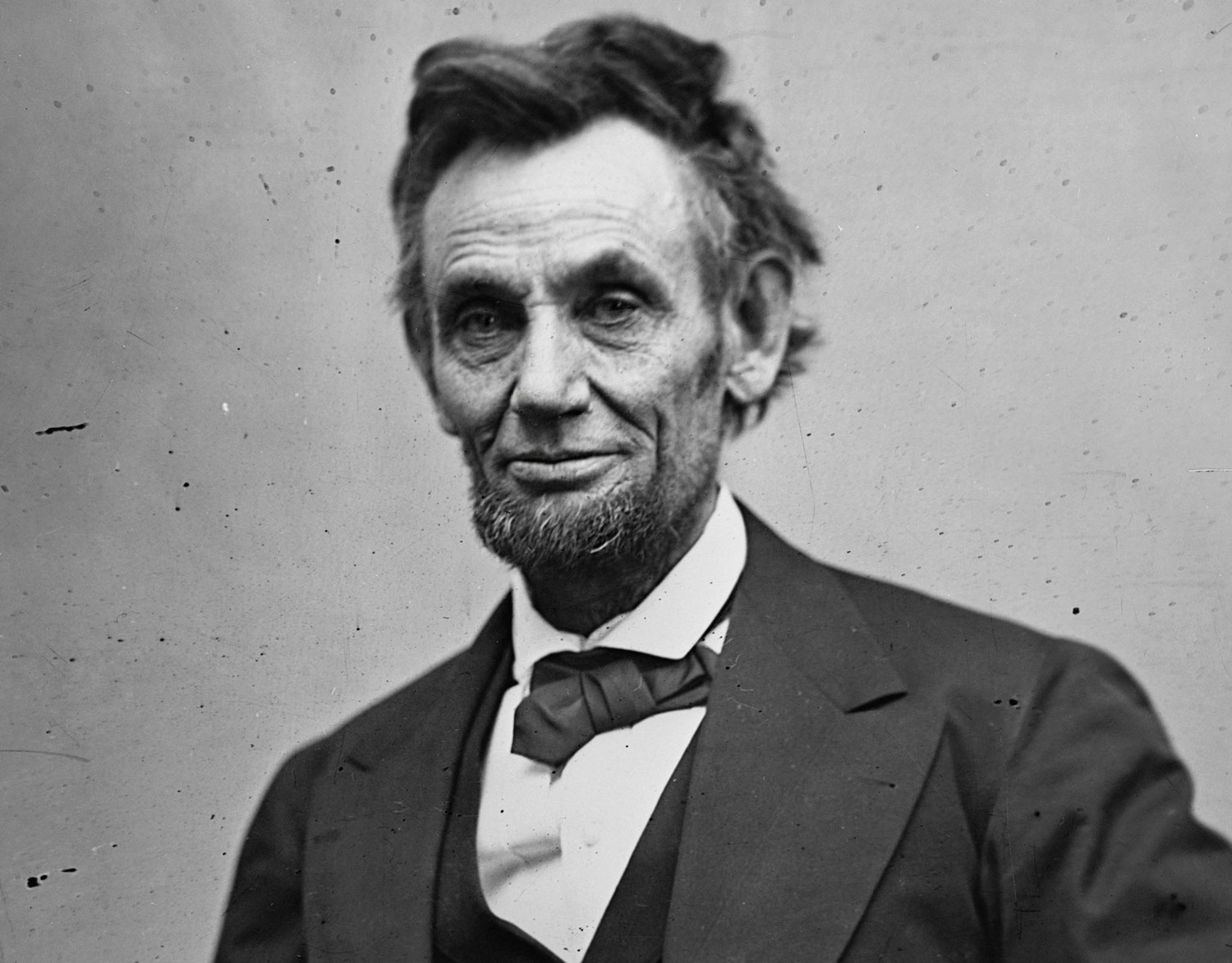stovk
TPF Noob!
- Joined
- Jan 7, 2016
- Messages
- 1
- Reaction score
- 0
- Can others edit my Photos
- Photos NOT OK to edit
Hello All,
Sorta new to photography so I was wondering if anyone can help me out?
I noticed in American Civil War era portraits, there seems to be a "look" that you don't see very often. It's hard to explain, but it looks like there is a very short focal length.
Here is an example:

Notice how Lincoln's eyes, nose, and mouth are in focus, but his ears, hair, and arms are slightly out of focus. It's as if there is a narrow plane which is in focus.
My question is, what kind of lens could duplicate that "look"?
Would a fixed focal length lens be best?
If so, what lens would you suggest?
Thank you in advance for any help.
Sorta new to photography so I was wondering if anyone can help me out?
I noticed in American Civil War era portraits, there seems to be a "look" that you don't see very often. It's hard to explain, but it looks like there is a very short focal length.
Here is an example:

Notice how Lincoln's eyes, nose, and mouth are in focus, but his ears, hair, and arms are slightly out of focus. It's as if there is a narrow plane which is in focus.
My question is, what kind of lens could duplicate that "look"?
Would a fixed focal length lens be best?
If so, what lens would you suggest?
Thank you in advance for any help.
Last edited:







![[No title]](/data/xfmg/thumbnail/39/39188-ef8378fc9359eda8e99899c2e12f3892.jpg?1734173063)


![[No title]](/data/xfmg/thumbnail/30/30875-d76f1fa085aee4334cb6b0cd62bb5e2d.jpg?1734158867)
![[No title]](/data/xfmg/thumbnail/30/30874-7f3345ba7c76a7c5fa2570559598531b.jpg?1734158865)






![[No title]](/data/xfmg/thumbnail/40/40300-583eaa43665714005823e12314084a4d.jpg?1734174710)